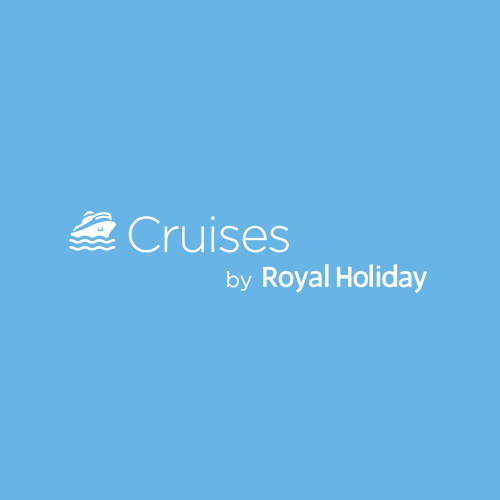With spring break just a week or two away and summer on the horizon, many longtime cruisers are already planning a relaxing vacation on the waves. Less experienced vacationers may be asking themselves: exactly when is the best time for a cruise?
The answer depends upon the individual and where they want to go. Most people’s work schedules and kids’ school breaks limit vacation time. Additionally, local weather also impacts cruise season for different destinations. The Caribbean, for example, sees its slowest times during hurricane season, while Alaska shuts down during the frigid winter months.
High-Season Cruising
For the most part, the high season for cruising in North America and Europe is the summer, when the days are long, the sunshine is bright, and children are out of school. Most regions also see a high season during the winter holidays, when people take time off for Christmas. In addition, many Caribbean destinations generally see a flurry of activity in March when college students take their spring break.
Cruising during high season offers many advantages. During these times, ports of call generally offer the widest variety of exciting excursions. Restaurants and museums that cater to tourists are guaranteed to be open, and shops will have the greatest selection.
However, high-season cruising has two big disadvantages: the crowds and the prices. Cruise destinations are overrun with travelers, thus resulting in dense throngs of tourists and long lines. Additionally, because of the strong demand for products and services, prices tend to be higher in the high season. Everything from the cost of dining and souvenirs in ports of call to the price of travel to and from the port of embarkation is more expensive.
Low-Season Cruising
Cruisers with more flexibility in their travel schedules may find traveling during the low season a worthwhile option. During these times, there are not as many tourists and destination ports are generally more relaxed. Often—but not always—prices for transportation, food, and gifts, are somewhat lower. Many cruisers have found excellent deals by booking during the off-peak season.
On the other hand, low-season cruisers are more likely to encounter poor weather. In northern regions, winter can be uncomfortably cold. Travelers visiting southern islands and beach destinations will experience these locals’ rainy season. Moreover, many amenities, such as sightseeing venues, restaurants, excursions, and museums, often shut down when the hordes of high-season tourists leave.
Whether a vacationer chooses an ocean voyage during the high season or low season, there are plenty of options for a fun and fascinating cruise experience somewhere in the world any time of year.

